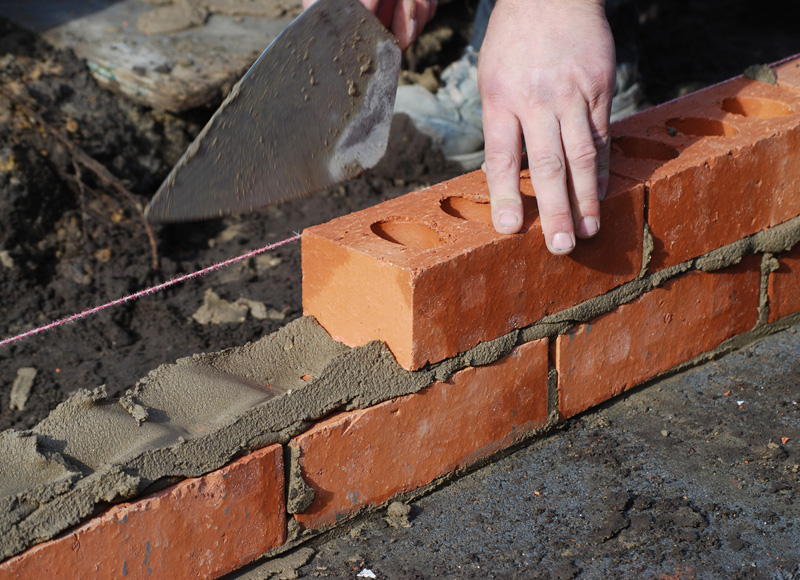Building Construction Materials

Building materials should have the following properties: 1) They must last over time, which means that they must be impervious to biological and chemical attack. This applies not only to their strength, but also to their appearance and color. Many building materials are known to discolour after years of exposure to the sun's ultraviolet (UV) rays. Therefore those materials used in construction must be UV stable. Materials that are only used indoors need not be UV stable. Concrete can lose its strength over time if chemicals seep into it via rainwater or atmospheric pollution. It is especially susceptible to chloride attack.
Steel can rust or corrode over time. Rusting has a major impact on the load carrying ability of a member, and can quickly make a structural member useless! 2) They must be strong. Every part of a building is subject to some level of force, and each part must be capable of carrying the loads that fall on it. Many building components have other components attached to them, like brackets, railings, light fixtures, pipes, ducts, and wall shelves. They must be able to hold on to and retain these attachments.
Building material is any material which is used for a construction purpose. Many naturally occurring substances, such as clay, sand, wood and rocks, even twigs and leaves have been used to construct buildings. Apart from naturally occurring materials, many man-made products are in use, some more and some less synthetic. This is a list of building materials. Many types of building materials are used in the construction industry to create buildings and structures. These categories of.
Building materials can be rated for their compressive strength (think of bricks pressing down on each other), or tensile strength (like the force you exert on the chain of a swing when you stand on it), or both. 3) They must resist wear and tear. In the building industry, wear and tear is called abrasion resistance. It is especially important for areas like floor finishes, but every part of the building is subject to some level of abrasion, and must be able to resist this. You can actually measure how abrasion resistant a building material is by performing a standardized test such as a In this test, a metal disc of standardized design and weight is rotated against the material to be tested, at a standard speed for a fixed length of time.
The material sample is weighed before and after the test. The difference in weight gives us an indication of how much material was lost during the test. The more the material lost, the less the abrasion resistance of the material. In this way you can compare, say, the abrasion resistance of a marble floor versus a ceramic tile and then decide which works best for that particular area.

You can also perform other tests, such as scratch resistance for building materials like glass or coated aluminum. Chobits english dub download.
ICS Field Construction industry 91.020 Physical planning. Town planning Buildings Elements of buildings Foundations, see Structures of buildings Including design, loading on and calculation of structures External structures Including fences, gates, arches, sheds, garages, etc.